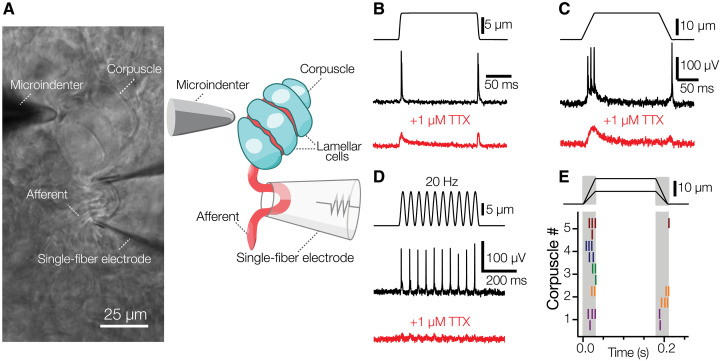Fig. 3. Avian Meissner corpuscles detect transient touch.
(A) A bright-field image and schematic representation of the experimental setup to record afferent activity from intact Meissner corpuscle in duck bill skin. (B) Mechanical step stimulus applied with a glass probe (top), representative rapidly adapting single-fiber response comprising APs (middle), and representative single-fiber response in the presence of 1 μM TTX (voltage-gated sodium channel blocker) comprising receptor potentials (bottom). (C) Mechanical step stimulus with long ramp phases (top), representative rapidly adapting single-fiber response comprising APs (middle), and representative single-fiber response in the presence of 1 μM TTX comprising receptor potentials (bottom). (D) Vibratory mechanical stimulus (top), representative single-fiber response comprising APs (middle), and representative single-fiber response in the presence of 1 μM TTX comprising receptor potentials (bottom). (E) Raster plot of rapidly adapting afferent firing for five different corpuscles in response to mechanical stimuli of two different indentation depths. Each vertical dash represents an individual AP. TTX, tetrodotoxin.

